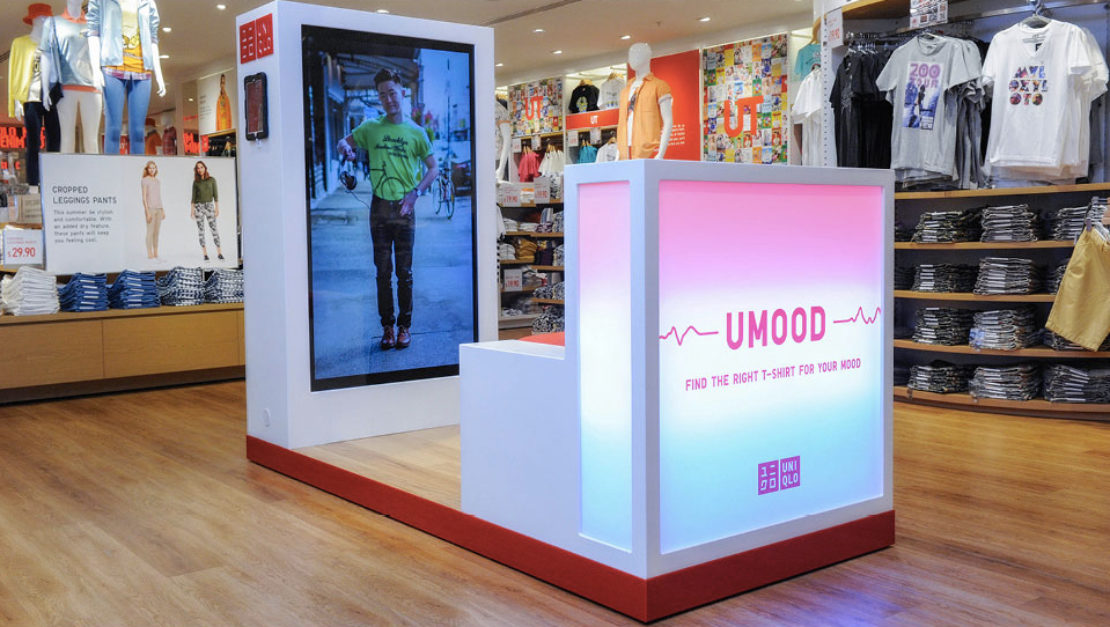Thinking ahead
The modern world offers us a crushing amount of choice – from 20 varieties of jam and 80,000 ways to take your coffee, to customised trainers and ice creams, or bespoke pension plans, mortgages and health care. Having more options has historically been sold to us as a greater freedom, but when you increase the number of choices, you increase the amount of decisions we have to perform – up to an estimated 35,000 per day. When you increase the number of decisions, you increase the amount of mental energy necessary to make those decisions. And on and on.
Examining the consequences of choice overload, social psychologist Roy Baumeister coined the term 'decision fatigue'. The idea is that the more decisions you face, the worse your decisions will be – they'll be lazier and made with less consideration.

Faced with an abundance of choice, how then can we minimise or even completely rid ourselves of the small, trivial and mundane decisions we make every day? Imagine if we could outsource these choices – and actions – to have more time and more mental energy to focus on the decisions that really matter.
New adherents of 'anticipatory design' aim to remove trivial but brain-greedy microdecisions from daily life. Businesses and marketers want to clear the clutter of choice by not just suggesting what decisions to make, but executing them on your behalf, hopefully leaving you to focus on the things that matter.
So far, these anticipatory systems have been built using models that execute decisions based on previous interactions. These methods are slow and still require initial work from the user, so that algorithms can learn their preferences. But what if these systems became more instantly reactive, using real-time data from a number of different sources?

Teams from French carmaker PSA, owner of the Peugeot and Citroën brands, along with the Swiss École Polytechnique Fédérale de Lausanne and MIT in the US are developing emotion-sensing technology for cars. By assessing the emotional states of car drivers in real time, they attempt to prevent drivers from making poor decisions when stressed, tired or distracted – by playing more relaxing music to road-raged drivers, for instance, or turning on autopilot safety features when there are signs of fatigue.
Small-scale, experimental examples of anticipatory design are already in evidence. Last year in Australia, Japanese clothing retailer Uniqlo created a pop-up, in-shop service called UMOOD to help customers choose from its overwhelming collection of T-shirts. By getting customers to don a headset that would read their brainwaves when presented with a series of visuals and videos, it measured their reaction to the stimuli and then presented them with the perfect garment to suit their mood, short-circuiting the decision process.
British grocery retailer Tesco teamed up with IFTTT (If This Then That), a free web service that allows users to mix and match apps and services with conditional statements called 'recipes' (for example: if you post to Instagram, then it will save that image to your Dropbox account). Tesco used IFTTT's platform to let users create such recipes with their online grocery accounts that anticipate what products customers want or need depending on certain conditions. Examples include the ability to automatically add an item to your shopping bag when the price drops; adding milk on Tuesdays; or throwing in a six-pack of lager when the weather reaches a certain temperature.

Companies want to clear the clutter of choice by not just suggesting what decisions to make, but executing them on your behalf
Most read
Fiction: Divided we stand, by Tim Maughan How Scotland is tackling the democratic deficit The Long + Short has ceased publishingClever applications of anticipatory design could create intuitive systems that simplify digital decision making and so improve our well-being, but there are still kinks to iron out before these could be readily applied. What then happens when anticipatory decisions combine and conflict? Making sure the technology is faultless or requiring a final check-in at the end are just the beginning of formatting issues. The ethical implications are complex: privacy, and who would have access to the data informing choice, are obvious concerns; there would also be questions over whether companies were merely anticipating choice or pushing specific products on users. With anticipatory design, a nudge could become a shove.
Through the automation of lifestyle services, anticipatory design offers 'first world problem' relief for the overworked and time-poor people of privileged societies where too much choice has become a burden, and digital overload a recognised health concern.
Anticipatory design should be fluid and flexible, and as customised in its processes as it is to the people it serves. There's a fine line between convenience and assumption, and for the foreseeable future such services should be about helpful suggestions rather than automated actions. Anticipatory design could offer us the choice not to make some decisions, in order to effectively direct our mental energy towards more important things. By submitting to machine-driven, data-infused systems, we may begin to have more freedom to decide how we want to decide.
Who could've anticipated that?